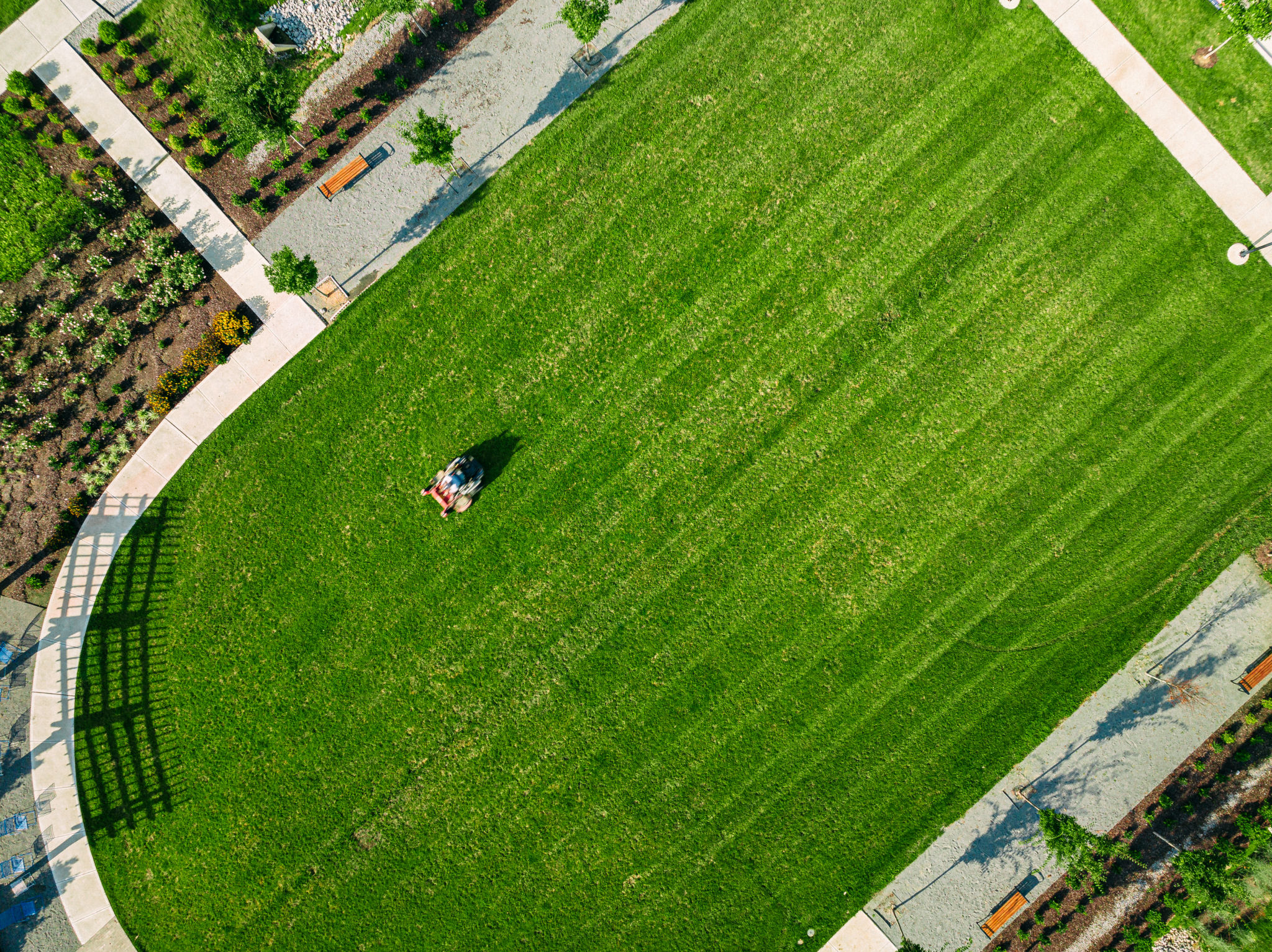Expert Tips for Successful Seed and Sod Installation in Johnston County
Understanding the Basics: Seed vs. Sod
When it comes to establishing a lush and healthy lawn in Johnston County, homeowners often face the choice between seeding and sodding. Both methods have their unique advantages and challenges. Seeding is generally more cost-effective but requires patience and care for the seeds to germinate. On the other hand, sod provides an instant lawn but at a higher initial cost.

Choosing between seed and sod depends on several factors such as budget, timeline, and maintenance preferences. Understanding these basics can help you make an informed decision and ensure the success of your lawn installation project.
Preparing Your Lawn for Installation
Preparation is key to a successful seed or sod installation. Start by clearing the area of debris, rocks, and weeds. Ensuring a clean slate will allow for optimal growth conditions. Next, test your soil to determine its pH level and nutrient content. This will guide any necessary amendments to create a fertile environment for your grass to thrive.

Once the area is clear and the soil is amended, level the ground. This helps prevent water pooling and ensures even growth. Whether you choose seed or sod, a well-prepared foundation is critical to success.
Choosing the Right Grass Type
In Johnston County, selecting the right grass type is essential for long-term success. Consider factors such as climate, sunlight exposure, and intended use of the lawn. Popular grass types in the region include Bermuda, Fescue, and Zoysia. Each has its own benefits; for instance, Bermuda grass thrives in sunny areas, while Fescue is more shade-tolerant.
Consult with a local expert or nursery to determine the best grass variety for your specific conditions. They can provide insights into which type will perform best given your lawn's unique characteristics.
Installation Techniques for Seed
If you opt for seeding, timing is crucial. Fall is often ideal due to cooler temperatures and increased rainfall. Begin by spreading the seed evenly across the prepared area using a broadcast spreader. Follow up with a light raking to ensure good seed-to-soil contact.

Watering is also vital during this stage. Keep the soil consistently moist until germination occurs, which typically takes about two weeks. Be cautious not to overwater, as this can lead to mold and disease.
Sod Installation Best Practices
Sod installation offers immediate results but requires precise execution. Begin by laying the sod pieces in a staggered pattern, similar to bricks, to prevent seams from lining up. This helps create a seamless look and reduces erosion.
Roll the sod with a lawn roller after installation to ensure good contact with the soil beneath. This step eliminates air pockets that can hinder root establishment. Water the new sod thoroughly after rolling.
Post-Installation Care and Maintenance
After installation, both seeded and sodded lawns require diligent care to establish strong roots. For seeded lawns, continue watering regularly until the grass reaches about two inches in height. At this point, reduce watering frequency but increase duration to encourage deep root growth.

Sod lawns need frequent watering initially—typically every day for the first two weeks—to ensure the roots take hold in the new environment. Gradually taper off watering as the sod establishes itself.
Common Pitfalls to Avoid
Avoid mowing your new lawn too soon. For seeded lawns, wait until the grass is at least three inches tall before mowing for the first time. For sodded lawns, ensure the roots are firmly established—usually around two weeks—before mowing.
Additionally, resist the urge to apply fertilizers or herbicides immediately after installation, as these can stress young grass plants. Allow your lawn time to establish before introducing any chemicals.
Consulting with Local Experts
Finally, don't hesitate to seek professional advice when needed. Local experts can provide valuable insights tailored to Johnston County's unique climate and soil conditions. Whether you're choosing between seed and sod or need tips on maintenance practices, their guidance can be invaluable in achieving a lush, healthy lawn.

By following these expert tips and understanding the nuances of seed and sod installation, you can enjoy a beautiful lawn that enhances your home's curb appeal and provides a welcoming outdoor space.
